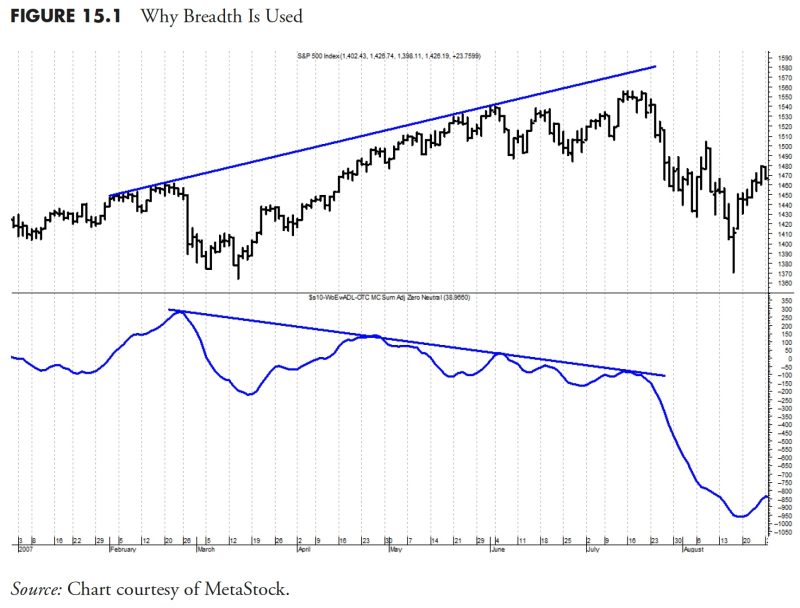Incorporating rules-based money management strategies into your financial routine can effectively streamline and optimize your investment decisions. By leveraging clear guidelines and systematic approaches, you can better navigate the complexities of financial markets and maintain discipline in your investment practices. This article explores the significance of rules-based money management and offers practical insights on incorporating such strategies into your financial planning.
Understanding the Principles of Rules-Based Money Management
Rules-based money management revolves around establishing predefined criteria, guidelines, and principles to govern your investment decisions. These rules are designed to eliminate emotional biases and drive consistency in how you manage your finances. By adhering to a set of pre-established rules, you can mitigate the impact of impulsive decisions driven by market volatility or speculative trends.
The key principle behind rules-based money management is to prioritize risk management and capital preservation. By setting clear boundaries on the amount of capital you are willing to risk on any given trade or investment, you can protect your portfolio from significant losses. Additionally, rules-based strategies promote a systematic approach to portfolio allocation, helping you diversify your investments and reduce concentration risk.
Implementing Rules-Based Money Management in Practice
When implementing rules-based money management strategies, it is essential to define your risk tolerance and establish clear criteria for entry and exit points in your investments. For instance, you may decide to set a maximum allocation percentage for any single position in your portfolio or establish stop-loss orders to limit potential losses.
Moreover, rules-based money management encourages you to adhere to a disciplined approach to rebalancing your portfolio regularly. By periodically reviewing and adjusting your asset allocation based on predefined rules, you can ensure that your portfolio remains aligned with your long-term financial goals and risk tolerance.
Another critical aspect of rules-based money management is developing a systematic process for evaluating investment opportunities. By conducting thorough research and analysis, you can identify investments that meet your predefined criteria and avoid impulsive decisions based on market noise or short-term fluctuations.
Benefits of Rules-Based Money Management
The benefits of rules-based money management extend beyond risk management and capital preservation. By incorporating systematic rules into your investment approach, you can enhance your decision-making process and improve the overall performance of your portfolio.
Rules-based strategies provide a framework for consistency and objectivity in assessing investment opportunities, reducing the influence of emotions on your decision-making. This disciplined approach can contribute to more informed and rational investment decisions, ultimately leading to better outcomes over the long term.
Furthermore, rules-based money management instills accountability and transparency in your financial practices. By establishing clear guidelines and rules for managing your investments, you can track and evaluate your performance effectively, identify areas for improvement, and make adjustments to optimize your portfolio’s performance.
In conclusion, rules-based money management is a valuable tool for enhancing the effectiveness of your investment strategy and ensuring long-term financial success. By incorporating clear guidelines, risk management practices, and systematic approaches into your financial planning, you can navigate market uncertainties with confidence and discipline. Embracing rules-based money management principles can empower you to make informed decisions, protect your capital, and achieve your financial objectives in a structured and methodical manner.
